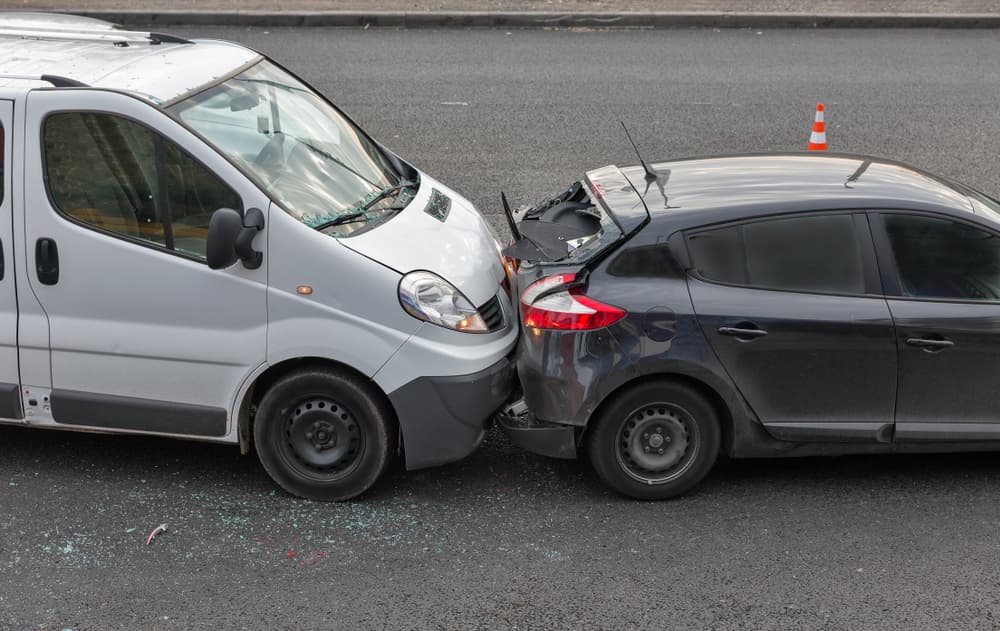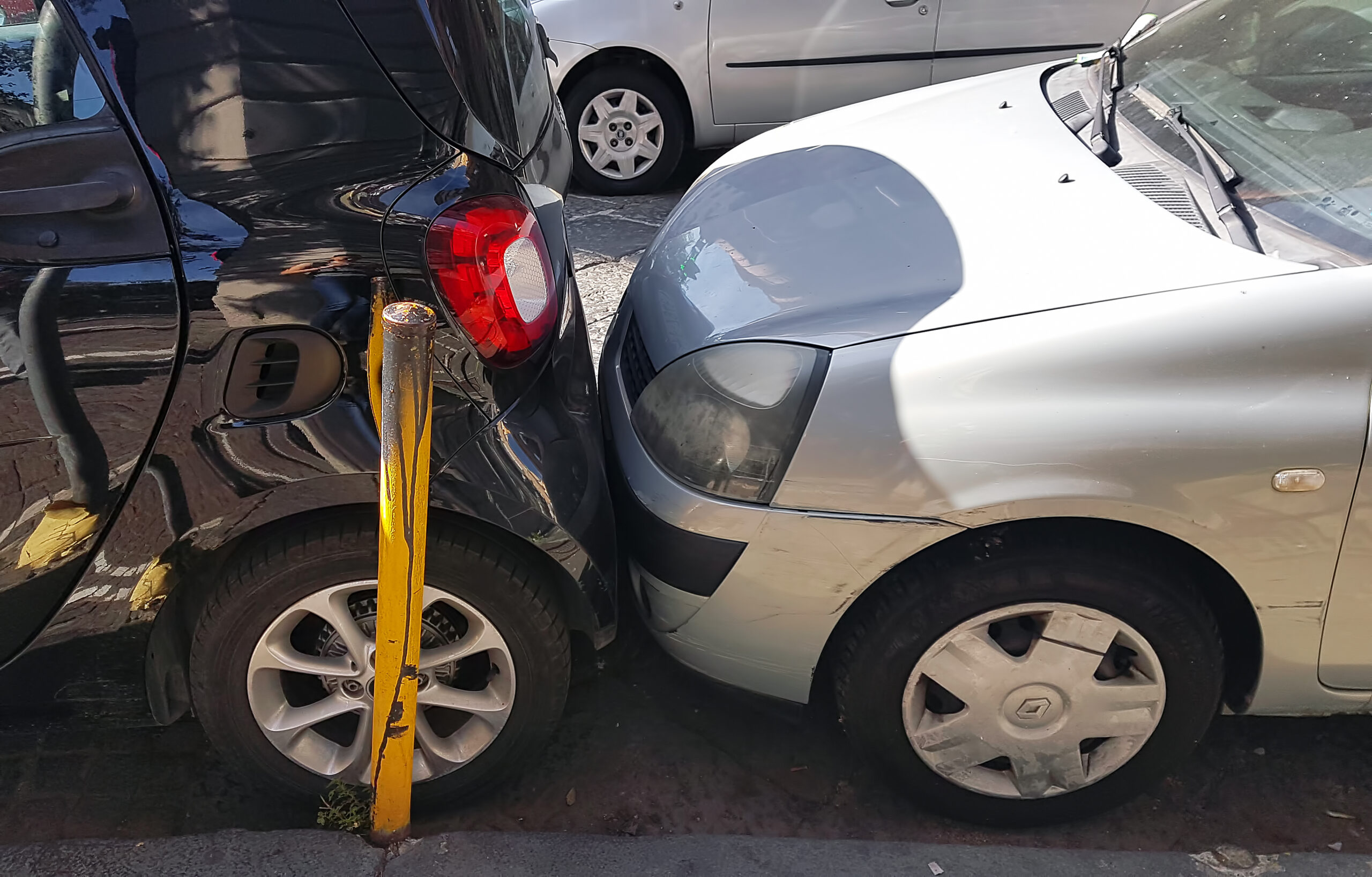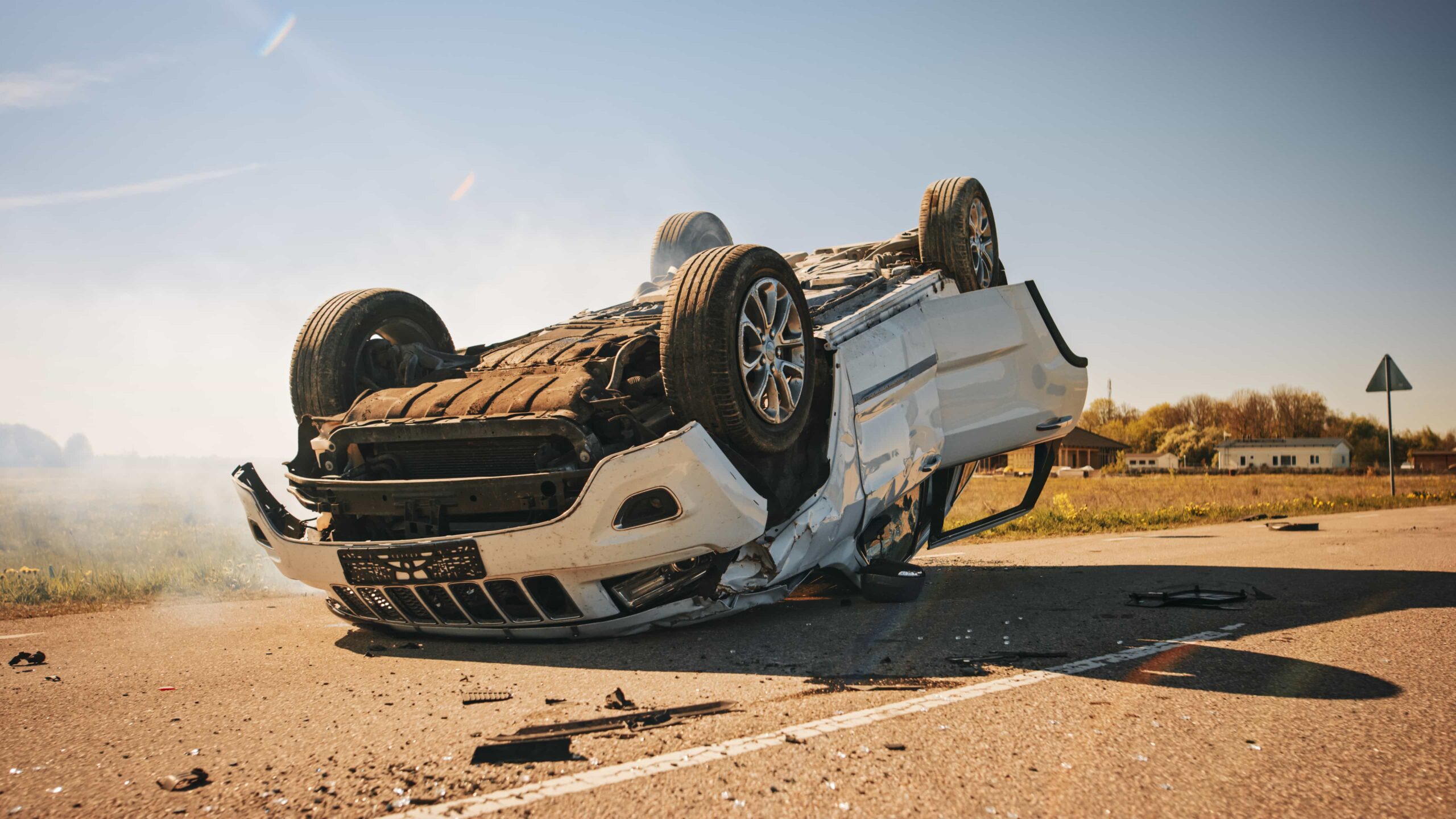Ensuring Your Car Is As Safe As Possible: Car Safety Checklist
Road safety isn’t just about defensive driving. Keeping your vehicle maintained and in good working condition also plays a major role in preventing
car accidents. A vehicle that is properly maintenanced will brake faster, handle better, and steer more accurately. In situations where seconds count, this can mean the difference between a close call and a devastating collision.
Since good car maintenance is an effective way to help prevent accidents, we have compiled a car safety checklist. This list is divided into:
- safety checks that you can do on your own
- safety checks that you will need to have performed by a mechanic
- other tips to help you stay safe on the road
Safety Checks You Can Do On Your Own
In addition to decreasing the likelihood of a car accident, performing your own routine maintenance checks can help you discover a minor problem before it becomes a major and costly issue.
Check Your Tires’ Tread Depth
Tread depth is the distance between a tire’s deepest groove and the part of the tire that touches the road. Generally, tread depth is measured in 32nds of an inch. Tread that is in good condition plays a pivotal part in helping your vehicle to stop and maneuver. The shallower the tread depth is, the longer it will take to stop your vehicle. The minimum recommended depth is 6/32 inches. A tire with a smooth appearance (known as a bald tire) is a hazard, especially on wet roads. Rollover accidents are more common in cars with insufficient tread.
There is an easy test you can perform at home with a penny to check if your tire’s tread is sufficient. Place a penny with Lincoln’s head facing down into several tread grooves across the tire. If you can see the top of Lincoln’s head, your treads are shallow and worn out. If part of Lincoln’s head is always covered by the tread, you probably have enough tread on your tires.
Check Your Tire Pressure
Just like tread, checking your tire pressure is another critical way to maintain a safe vehicle to decrease your chances of getting into a car accident. Many gas stations have self-service air pumps with tire pressure gauges. Every vehicle manual (and the side of your tires) lists the pounds per square inch (PSI) that your tire pressure should be at. Your tire’s PSI may also be listed on a sticker inside the driver’s door jam.
Ensuring that your tires are properly inflated is one of the easiest ways to make sure that your car stops and maneuvers in a way that will help you prevent any possible accidents. If a tire is over or under-inflated it can cause problems when critical maneuvers are necessary. Be sure to check your tire pressure often as it can increase or decrease with weather changes.
Check All Your Lights
When it comes to performing checks on your vehicle's lights, you want to make sure that they all work properly. Dead bulbs and foggy lenses not only make it tough for you to see. But they also make your car less visible to pedestrians, cyclists, and other drivers.
Burnt out bulbs can also cause other problems, especially for turn signals. If your vehicle is not properly signaling, it can cause confusion for other drivers and people on the road, which may lead to a collision.
About once a week, check your headlights, tail lights, brake lights, and turn signals to ensure they are functioning properly.
Look For Leaks
Another easy safety check you can do on your own is to look for leaks. Check under your vehicle for any fluids that may have dripped onto your driveway. If you see fluid, it may be nothing. But it could be a sign that your brake fluid is leaking, which is obviously cause for concern.
Check Your Wipers
The
majority of wiper blades last six months to a year. If you notice that yours are squeaking or not clearing your windshield as well as they used to, don’t wait until it’s raining to take action. Being able to see properly in a rain storm is imperative to keeping yourself and others safe from an accident.
Test The Steering
A stiff steering wheel, a steering wheel that responds slowly during turns, or a harsh noise while turning can be signs that your steering pump is failing or that fluid is leaking. This is something you can easily watch out for on your own. But you will need a mechanic to inspect it for any issues and to repair it. Poor functioning steering is a mechanical failure that can pose a safety risk making a car accident more likely.
Inspect Your Battery
Battery problems are one of the most common causes of car trouble. A good working battery is not necessarily considered something that will keep you safe. However, a vehicle that dies in traffic or leaves you sitting on the side of the road definitely puts you in danger.
One major cause of poor battery performance is heat. High temperatures can evaporate your battery’s vital liquids and weaken its ability to charge and hold a charge. Consistent hot weather as we see during Phoenix summers can corrode and weaken a battery which can create unexpected issues.
Safety Checks a Mechanic Performs
Getting routine maintenance checks by your mechanic will give you peace of mind, extend the life of your vehicle, and keep your and your passengers safe on the road. Here are a few safety checks that your mechanic should perform.
Check Your Car’s Fluids
Different types of fluids are critical to your car’s operation. That is why you should always have them checked and filled to optimal levels. How often you should have your fluids checked will depend on the make and model of your vehicle. Some of the most common fluids that you should have checked to prevent a car accident include:
- Transmission fluid
- Brake fluid
- Engine oil
- Power steering fluid
- Windshield wiper fluid
Heat from hot Phoenix summers can affect your car or truck’s performance since the heat can decrease the liquid's viscosity and make it less effective. One of the fluids that is most susceptible to heat-related changes is engine oil. The heat reduces its viscosity, making the once-thick engine oil thinner, which can cause serious problems for your car’s performance.
The other fluids on the above list vary in their importance. But everything in your car works together to keep you and your family safe.
Check Hoses And Belts
Mechanics should regularly check hoses and belts for signs of wear and tear. Damaged or worn hoses can’t sufficiently deliver fluids throughout your vehicle. Likewise, damaged belts can cause a functional car to become a rolling hazard in seconds.
Different belts need to be replaced at various intervals depending on mileage and condition. You can find information about your car’s routine maintenance schedule in your owner’s manual or online.
Rotate Your Tires and Get An Alignment
Tire rotation spreads out usage across the tires to prevent one area from being overused. This helps your tires to maintain traction and last longer.
Tire alignment also helps tires to wear out evenly. A well-aligned vehicle won’t pull to one side, so you’ll have better control over your car. Alignments do not need to be performed regularly, but a car can easily become out of alignment if you hit a curb or take a turn too fast.
As we discussed above, keeping your tires in good condition is one of the most important ways to keep your vehicle safe. Overused tires are more prone to blowout, which is a common cause of car accidents.
Inspect Shocks And Struts
Shocks and struts are typically replaced between 50,000 and 100,000 miles. If your vehicle is approaching these milestones, it is wise to schedule an inspection. If you notice that your car feels unstable, it could be a sign of a problem with shocks and struts. One telltale sign of a problem is excessive bouncing or swaying while driving.
Other Tips to Keep Your Vehicle Safe
Roadside Kit
The tools in a roadside kit can keep you safe and tide over your car until you can make it to a repair shop. For example, flares and triangle reflectors can help alert vehicles that you are stopped. This is a must to prevent a road shoulder accident. Jumper cables, an important part of any roadside kit, can get your vehicle started again to get you out of harm's way.
Other items to include in your roadside assistance kit include:
- Reflective Safety Vest
- Gloves
- Tire Pressure Gauge
- LED Flashlight
- Rain coat
- First Aid Kit
Spare Tire and Tools
Even if you’re part of the
60% of the population who can’t change a tire, having a spare and the necessary tools can still come in handy. One of your passengers or a good samaritan may be able to help you to get back on the road. After all, anything you do to minimize your time on the side of the road can help prevent an unfortunate accident.
Roadside Assistance
When a car accident or breakdown happens, roadside assistance can relieve a great deal of stress and uncertainty. Services like towing, battery jumps, and tire changes can rescue you from unsafe situations. If you can afford it, these services are very handy. You may want to look into some affordable ways to get roadside assistance. AARP and certain credit cards provide roadside assistance benefits that are either complimentary or low-cost. You may be surprised at how affordable it can be.
Was Your Accident Caused by a Careless Driver? Contact Abels & Annes
If you were involved in a car accident caused by a negligent driver, Abels & Annes is here to help. Our goal is to get our clients the highest amount of compensation possible. This compensation is for damages like medical bills, lost wages, and pain and suffering, among others. Let us investigate your claim, handle the insurance companies, and negotiate the fairest possible settlement for you while you focus on your recovery.
Our initial case evaluations are free. To learn more, call us at 855-749-5299 or
contact us online.
David Abels
Partner
David Abels has carved a niche for himself in the personal injury law sector, dedicating a substantial part of his career since 1997 to representing victims of various accidents. With a law practice that spans over two decades, his expertise has been consistently recognized within the legal community.
Author's Bio



